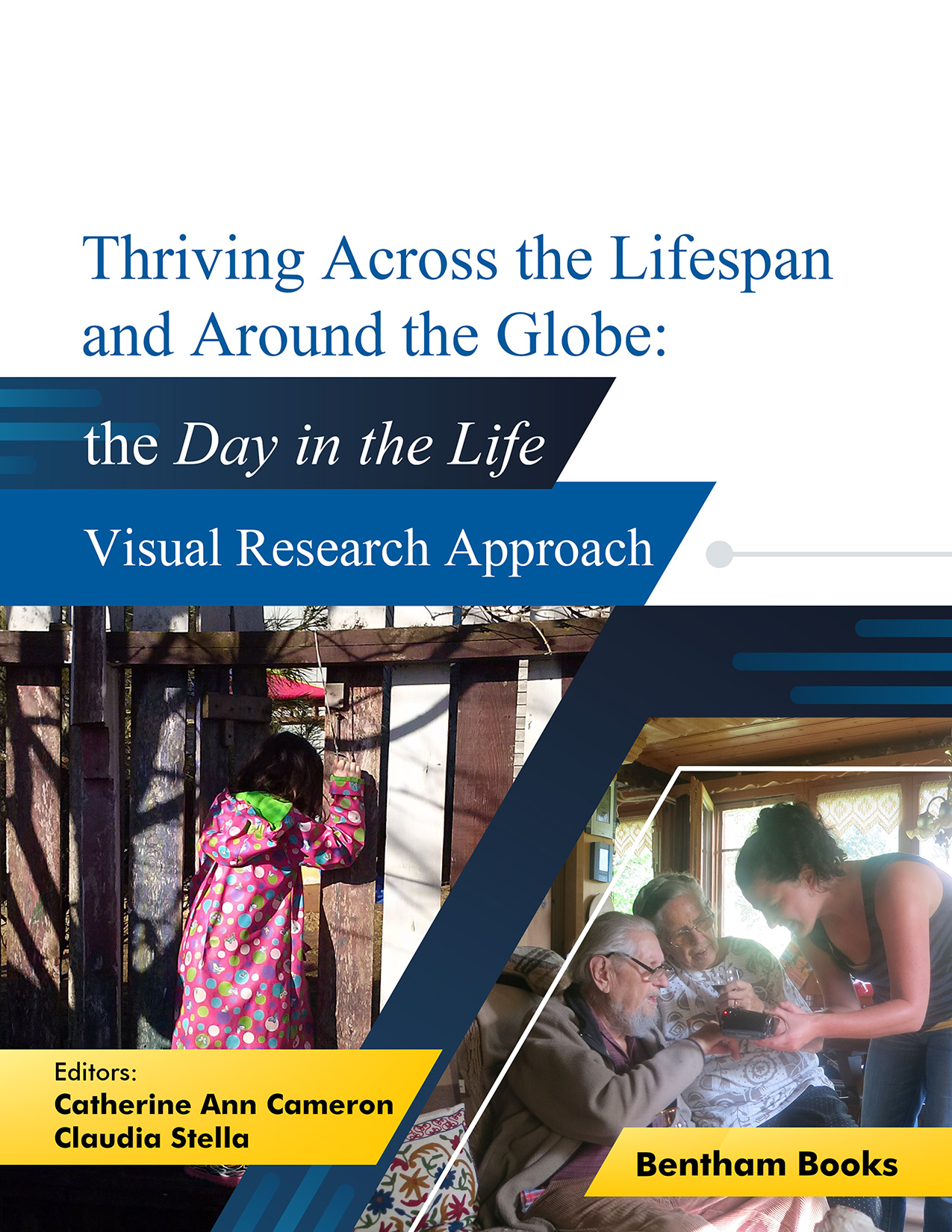Introduction
Thriving Across the Lifespan and Around the Globe: Day in the Life Visual Research Approach is the result of several decades of international, pan-disciplinary research-team collaborations using quasi-ecological visual methodologies to investigate the psychosocial development of children in diverse communities. The initial studies highlighted in this work involved filming a ‘Day in the Life’ of toddlers and primary school children, their families, and schools in diverse communities in Asia, South and North America, and Europe. Filmed in their homes and communities for an entire day, the youngest participants were commonly seen to be thriving in diverse psychosocial domains, such as in their security strivings, emergent literacy and graphic representations, and musicality. Research shows that the nature of a child's development can vary in as many ways as there are diverse contexts. Thriving in the transition from home to primary school is a second developmental milestone investigated in the research.
The book serves as an account of the lived experiences of thriving children,among their families, their schools and their communities. The contents give an invaluable insight into the psychology of early childhood while giving the reader an opportunity to understand the resilience of mobile early teenagers as well as independent older adults. The contributions in the book also provide an additional layer to our understanding of visual ethnography by covering such phenomena as agency and communitarianism, spirituality, and the place of humour in the context of challenges encountered across the lifespan. Through presenting quasi-ecological experimental approaches, this reference enhances the reader’s insight into the texture and nature of thriving in situ, in natural contexts.
Audience: Child psychologists, social workers, researchers, educators and scholars in the field of cultural studies, social sciences, anthropology, ethnography and allied disciplines.

